Ray-Ban has manufactured Ray-Ban Wayfarer sunglasses since 1956, which has belonged to the Italian Luxottica Group since 1999. Wayfarers enjoyed early popularity in the 1950s and 1960s, returning to favor again after a 1982 product placement. A second revival occurred in the mid-2000s.
Wayfarers were designed in 1952 by American optical designer Raymond Stegeman, who worked for Bausch & Lomb, Ray-Ban’s then-parent company. The design was inspired by “a mid-century classic to rival Eames chairs and Cadillac tail fins.” According to design critic Stephen Bayley, the “distinctive trapezoidal frame spoke a non-verbal language that hinted at unstable dangerousness, but one nicely tempered by the sturdy arms which, according to the advertising, gave the frames a ‘masculine look.'” The sunglasses also featured a new plastic molding technology.
After Wayfarers’ heyday in the 1950s and 1960s, sales declined. Though Wayfarers’ cultural popularity was aided in 1980 by the film, The Blues Brothers, they sold only 18,000 pairs in 1981, and Wayfarers were on the verge of discontinuation. In 1982 Ray-Ban signed a $50,000-a-year deal with Unique Product Placement of Burbank, California, to place Ray-Bans in movies and television shows. Between 1982 and 1987, Ray-Ban sunglasses appeared in over 60 films and television shows per year, continuing through 2007. Tom Cruise’s wearing of Wayfarers in the 1983 movie Risky Business was one of the critical placements, and that year 360,000 pairs were sold. Additional appearances in movies like The Breakfast Club, and series like Miami Vice and Moonlighting, led to sales of 1.5 million annually.
Wayfarers were also worn by various musicians, including Roy Orbison, Michael Jackson, George Michael, Rick Astley, Billy Joel, Johnny Marr, Blondie’s Debbie Harry, Madonna, Depeche Mode, Elvis Costello, and members of U2 and Queen, as well as public figures such as Max Headroom, Jack Nicholson, and Anna Wintour. Wayfarers were brought back into fashion in the late 2000s when public figures, including Chloë Sevigny and Mary-Kate Olsen, began wearing vintage frames. When Ray-Ban noticed that vintage Wayfarers were selling for significant prices on eBay, a 2007 re-introduction of the original Wayfarer (RB2140) design was initiated. The RB2140 model is identical to the original B&L5022 model, except the metal “studs” on the temple arms were replaced with the Ray-Ban logo and the right lens now bears the logo as well. As of 2007, Wayfarers were available in Original Wayfarer, New Wayfarer, and Wayfarer Folding styles.
Ray-Ban’s marketing strategy was threefold: a return to the sunglasses’ original, rebellious design, an “edgy” advertising campaign and “high-profile PR events,” and the use of new media like MySpace to connect with consumers. As a result, sales in 2007 were 231% greater than in 2006 at Selfridge’s London; as of October 2007, the Wayfarer was the Luxottica Group’s third-best-selling style. Other Wayfarer-inspired sunglasses included Oliver Peoples’ Hollis, REM Eyewear’s Converse, and various designs in Juicy Couture, Hugo Boss, Kate Spade, Marc Jacobs’s and Kaenon Polarized 2008 lines.

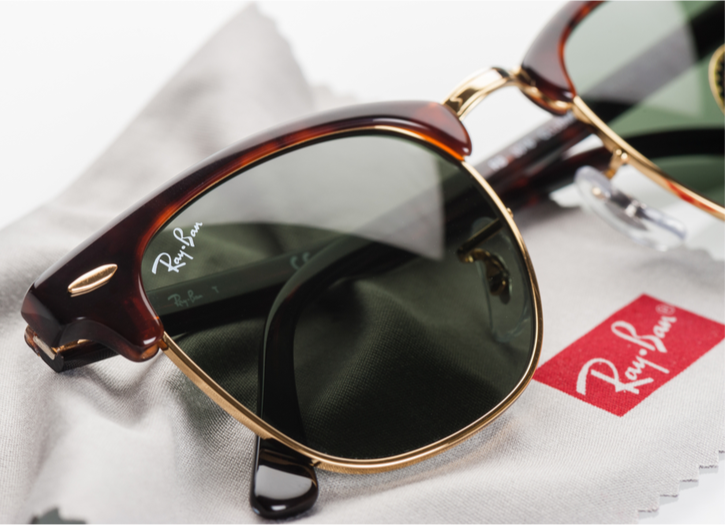
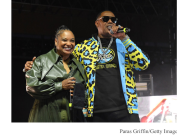
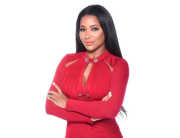
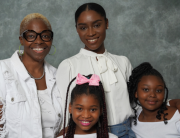
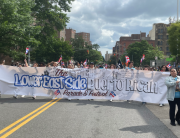
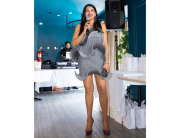
Add Comment
You must be logged in to post a comment.